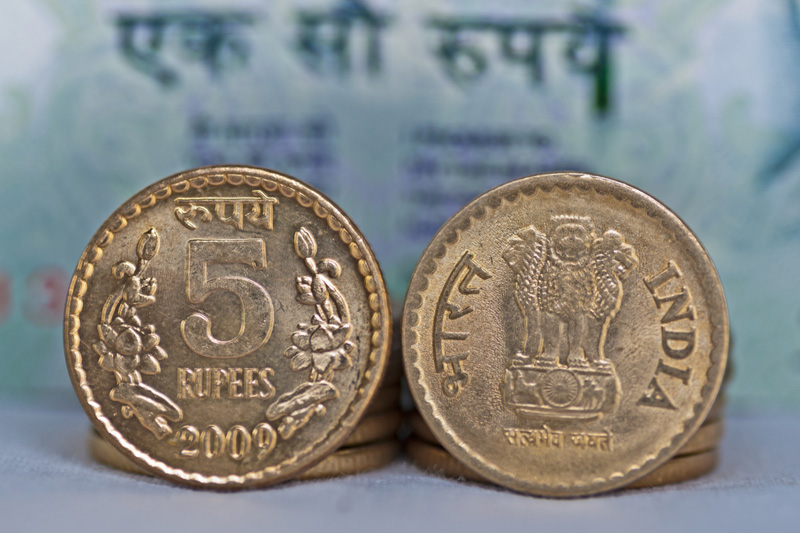
USD/INR
-0.08%
Add to/Remove from Watchlist
Add to Watchlist
Add Position
Position added successfully to:
Please name your holdings portfolio
Type:
BUY
SELL
Date:
Amount:
Price
Point Value:
Leverage:
1:1
1:10
1:25
1:50
1:100
1:200
1:400
1:500
1:1000
Commission:
Create New Watchlist
Create
Create a new holdings portfolio
Add
Create
+ Add another position
Close
NEW DELHI – The Reserve Bank of India’s (RBI) decision to withdraw Rs 2,000 denomination banknotes from circulation has led to a significant decline in the currency in circulation (CIC) growth rate. According to the latest data, the CIC growth rate has fallen to 4.3%, a stark drop from the previous year’s 7.7%. This move was part of the RBI’s ‘Clean Note Policy’, which was implemented on May 19.
The central bank had cited infrequent usage and potential risks associated with high-denomination notes as the primary reasons for this policy decision. By November 1, over 97% of the withdrawn Rs 2,000 notes had been returned to banks, leaving a mere Rs 10,000 crore in circulation among the public.
Despite this decrease in CIC growth, other financial indicators have shown positive trends. The RBI reported an on-year increase of 11% in money supply (M3), alongside a surge in aggregate deposits by 12.2%. These figures suggest that while the removal of high-denomination notes has affected cash flow, overall liquidity within the banking system remains robust.
The RBI’s bulletin released today reiterated these financial updates and underscored the impact of their policy measures on India’s economic landscape. The withdrawal of Rs 2,000 notes appears to have contributed to a more controlled expansion of currency availability while fostering growth in other monetary aggregates.
This article was generated with the support of AI and reviewed by an editor. For more information see our T&C.
Source: Investing.com



























